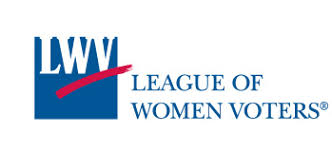
Study/Concurrence/Consensus
DEFINITIONS
Study
Study is the process of formally investigating and discussing a body of facts (including policy implications) whether supporting or contravening a working hypothesis, leading to or including a statement of position.
A study can be part of any League’s “Program,” can take place at the local, state or national level, and is usually designed to provide the League with a basis for future political action. The two basic types of League studies are Concurrence and Consensus.
According to the LWVUS’s, the concurrence or consensus reached by members through group discussion is not a simple majority, nor is it unanimity; rather it is the overall “sense of the group” as expressed through the exchange of ideas and opinions, whether in a membership meeting or a series of membership or unit meetings.
Concurrence
Concurrence is an agreement among a substantial number of members, reached after study, leading to acceptance, reaffirmation, or rejection of a previously formulated statement of position.
Leagues may concur with a statement or position arrived at by another League, a position stated by a study committee based on its research or reflecting widely-held views, or a position of long standing which they wish to reaffirm.
In preparing for Concurrence, your study committee and board approve the statement before it is sent to your members for consideration; the study committee presents the statement and background material. The statement must be judged exactly as it is written and may not be amplified or made subject to conditions.
Consensus
Consensus is an agreement among a substantial number of members, reached after study, leading to the formulation of a statement of position.
In the consensus process, it is not initially the job of the study committee to produce a statement with which your membership is asked to agree or disagree. Rather, the study committee, with board approval, must first frame questions to guide your League members’ discussion, provide background materials and a presentation outline, and distribute all of these to your members prior to a consensus meeting.
In Summary: From your members’ viewpoint, the simplest distinction between the two types of studies is that in reaching concurrence they discuss and vote on a statement; in reaching consensus they discuss and vote on a question or questions (and may or may not then agree on a statement). Ideally, both require a thorough examination of all facets of the issue by a committee and then by your League’s members.
Adapted from LWV: Study/ Concurence/ Consensus